Low blood pressure (Hypotension)
- Low blood pressure, also called hypotension, is a blood pressure under 90/60 millimeters of mercury. So many people have no symptoms. When it does cause symptoms, they are usually disruptive, such as dizziness and fainting. In certain cases, hypotension is dangerous, so early diagnosis and treatment are important.
Table of Contents
What is low blood pressure?
- Hypotension, or low blood pressure (BP), is when your blood pressure much decreases more than expected. It can occur either as a condition on its own or as a symptom of a broad range of conditions. It may not cause symptoms, yet when it does, it can need medical attention.
Hypotension has 2 definitions:
- Absolute hypotension: Your resting blood pressure is under 90/60 millimeters of mercury (mm Hg).
- Orthostatic hypotension: Your blood pressure remains decreased for longer than three minutes if you stand up from a sitting position. (It is normal for your blood pressure to drop briefly when you change positions, yet not for that long.) The drop must be twenty millimeters of mercury or more for your systolic (top) pressure and ten millimeters of mercury or more for your diastolic (bottom) pressure. Another name for this is postural hypotension (low blood pressure) because it occurs with changes in posture.
- Measuring blood pressure involves 2 numbers in millimeters of mercury.
- Systolic (top number): This is the pressure on your arteries each and every time your heart beats.
- Diastolic (bottom number): This is how much pressure your arteries are below between heartbeats.
How does low blood pressure affect my body?
- Commonly, your body can automatically control your blood pressure (BP) and keep it from dropping too much. If it begins to drop, your body tries to make up for that, either by speeding up your heart rate or constricting blood vessels to create them narrower. Symptoms of hypotension happen when your body can not offset the drop in blood pressure.
- For many people, hypotension (low blood pressure) does not cause any symptoms. Many people do not even know their blood pressure is low unless they measure their blood pressure.
- For people with symptoms, the effects depend on why hypotension is occurring, how fast it develops, and what caused it. Slow decreases in blood pressure (BP) occur normally, so hypotension becomes more common as people get older. Fast decreases in blood pressure can mean certain areas of your body are not getting enough blood flow. That can have results that are unpleasant, disruptive, or even dangerous.
Whom does low blood pressure affect?
- Hypotension can affect people of any age and background, turning on why it occurs. However, it is more such as to cause symptoms in people over 50 (especially orthostatic hypotension). It can also occur (with no symptoms) in people who are very physically active, which is more common in younger people.
How common is low blood pressure?
- Because low blood pressure is common without any symptoms, it is impossible to know how many people it really affects overall. However, orthostatic hypotension seems to be more and more usual as you get older. An approximated 5% of people have it at age 50, while that figure climbs to more than 30% in people over 70.
What are the symptoms of low blood pressure?
- The most common low blood pressure symptoms happen because your brain is not getting enough blood flow.
These involve:
- Dizziness or feeling lightheaded,
- Fainting or passing out (syncope)
- Nausea or vomiting
- Blurred or distorted vision
- Fast, shallow breathing
- Fatigue or weakness
- Feeling tired, sluggish, or lethargic
- Confusion or trouble concentrating
- Agitation or other unusual changes in behavior (a person not acting such as themselves).
What causes low blood pressure?
- Hypotension (low blood pressure) can occur for a wide range of reasons.
Causes of low blood pressure involve:
- Orthostatic hypotension: This happens when you stand up too quickly and your body can not compensate with more blood flow to your brain.
- Central nervous system diseases: Conditions such as Parkinson’s disease can affect how your nervous system controls your blood pressure. People who have hypotension because of these conditions may feel the effects of low blood pressure later eating because their digestive system uses more blood as it works to digest food.
- Low blood volume: Blood loss from serious injuries can cause decreased blood pressure. Dehydration can also contribute to decreasing blood volume.
- Life-threatening conditions: These conditions involve irregular heart rhythms (arrhythmias), pulmonary embolism, heart attacks, and collapsed lungs. Life-threatening allergic reactions (anaphylaxis) or immune reactions to serious infections (sepsis) can cause hypotension.
- Heart and lung conditions: You can obtain hypotension when your heart beats too fast or too slow, or if your lungs are not working as they should. Advanced heart failure (weak heart muscle) is another because.
- Prescription medications: Hypotension can occur with medications that treat blood pressure, heart failure, erectile dysfunction, neurological problems, depression, and more. Do not stop taking any prescribed medicine unless your provider tells you to stop.
- Alcohol or recreational drugs: Recreational drugs can decrease your blood pressure, as can alcohol (alcohol’s effect only lasts a short time, and long-term overuse of alcohol can cause high blood pressure). Though not technically medications, some herbal supplements, vitamins or home remedies can also lower your blood pressure (BP). This is why you should always involve these when you tell your healthcare provider what medications you are taking.
- Pregnancy: Orthostatic hypotension is possible in the 1st and second trimesters of pregnancy. Bleeding or other complications of pregnancy can also cause decreased blood pressure (BP).
- Extreme temperatures: Being too hot or too cold can harm hypotension and make its effects worse.
Is it contagious?
- No, hypotension is not contagious, so you can not get it from someone else or pass it on to others.
How is low blood pressure diagnosed?
- Hypotension itself is effortless to diagnose. Taking your blood pressure is all you require to do. Even, making out why you have hypotension (low blood pressure) is another story. If you have symptoms, a healthcare provider (doctor) will likely use a variety of tests to figure out why it is happening and if there is any danger to you because of it.
What tests will be done to diagnose decreased blood pressure (hypotension)?
Your provider (doctor) may recommend the following tests:
Lab testing
Tests on your blood and pee (urine) can see for any potential problems such as:
- Diabetes Mellitus
- Vitamin deficiencies,
- Thyroid or hormone problems,
- Low iron levels (anemia)
- Pregnancy test (for anyone who can develop pregnancy).
Imaging
- If doctors suspect a heart or lung problem is behind your hypotension, they will likely use imaging tests to confirm or rule out those suspicions.
These tests involve:
- X-rays,
- Computed tomography (CT) scans,
- Magnetic resonance imaging (MRI),
- Echocardiogram or similar ultrasound-based tests.
Diagnostic testing
These tests see for specific problems with your heart or other body systems.
- Electrocardiogram (ECG or EKG),
- Exercise stress testing (or a certain variation of that test),
- Tilt table test (can assist in diagnosing orthostatic hypotension).
How is low blood pressure treated?
- Low blood pressure treatment usually begins with finding out why it is happening. If that cause is treatable directly, hypotension will commonly get better on its own. An example of this is hypotension which occurs because of an injury and blood loss. Repairing that injury & replacing the lost blood (such as with a blood transfusion) will close hypotension as long as the repair to the injury holds.
- If you take medications that affect your blood pressure, your healthcare provider (doctor) may change your dosage or have you stop taking that medication entirely.
- If the cause remains a mystery, it is possible to treat it directly. However, curing hypotension is only possible if there is an underlying cause that is curable.
What medications/treatments are used?
- The most main thing for a provider (doctor) treating low blood pressure is to find the underlying cause and correct it. Treatments can range from painless IV fluids to antibiotics to surgery or even a heart transplant. Some people with low blood pressure require a hospital stay.
Treating hypotension directly usually occurs in one of three ways:
- Increasing blood volume: This method, also known as fluid resuscitation, includes infusing fluids into your blood. Examples involve intravenous (IV) fluids or plasma or blood transfusions.
- Making blood vessels constrict: Just as there are medications that decrease your blood pressure by relaxing blood vessels in your body, there are also medications that have the opposite effect.
- Change how your body handles fluids: Your kidneys are responsible for keeping the fluid balance in your body. Certain medications can create your kidneys to keep fluid and salt in your body, which can assist with low blood pressure.
Physiotherapy Treatment
- Individuals with hypotension can exercise safely if certain precautions are taken. Exercise may even assist increase blood pressure values slightly. The biggest part of concern for individuals with hypotension is fast postural changes.
- Exercises (eg yoga) in which you transition from one position to another quickly or have your head under the level of your heart, can negatively impact your blood pressure values. This can intensify symptoms and could outcome in fainting.
- Individuals should be careful to create postural transitions slowly.
- Avoiding exercises in which the head is under heart level may be necessary for some individuals, especially if they notice intensified symptoms.
- Drops in blood pressure are fairly common later in exercise for short periods of time, especially if an individual exercises at a great level.
- Systolic pressure levels will decrease to an individual’s resting level for five to six minutes later exercise is discontinued and will then drop to a lower level than they measured pre-exercise.
The role of the Calf Muscles
- Low diastolic pressure can arise as an outcome of medication use, heart failure, or other health complications. But, in most people, it is simply a matter of decreased cardiac output. And low cardiac output happens when not enough blood is being returned to the heart from the lower body.
- The soleus muscles play a critical role in maintaining normal blood pressure during sedentary activities and are known by some as the secondary heart. These deep postural muscles are most active during activities like sustained squatting or toe standing.
Complications/side effects of the treatment
- The complications of treatment turn on the exact medication or treatment you receive. Your healthcare provider (doctor) can best explain the possible complications or side effects. That is because they can consider your specific circumstances, involving other health conditions, medications you take, and more.
How do I take care of myself/manage symptoms?
If your healthcare provider (doctor) diagnoses you with hypotension, they may do the following:
- Advise you to change your diet: Increasing your salt intake can often assist increase your blood pressure.
- Teach you how to recognize and react to symptoms: A key way to assist you to avoid problems with hypotension is recognizing it. Your provider can assist you to recognize what low blood pressure feels such as and how to react.
How soon after treatment will I feel better?
- Turning on the cause of your hypotension, you may feel better as you receive treatment. In certain cases, it may take longer — days or even weeks — for medication or other treatments to help you feel better consistently.
How can I decrease my risk of developing low blood pressure or prevent it entirely?
- It is usually not possible to decrease your risk of or prevent hypotension. The only exception is avoiding circumstances or actions that can conduct to it, such as taking recreational drugs or supplements/herbal remedies that can lower your blood pressure.
What can I expect if I have low blood pressure (BP)?
- If you have hypotension, what you can expect turns on what causes it and if you have symptoms. If you do not have symptoms, it is unlikely that hypotension will be a problem for you.
- If you have symptoms, hypotension can obstruct your ability to stand up, care for yourself, cook, drive, and do many other activities. That is why understanding the condition and following a healthcare provider’s guidance are so important to minimizing this condition’s impact on your life.
How long does low blood pressure last?
- How long this condition lasts turns very much on what caused it. If you have hypotension because of normal aging, it will probably be a lifelong concern.
Outlook for low blood pressure
- If you have low blood pressure but do not have symptoms, this condition usually is not harmful and should not impact your life.
- If you do have symptoms, the underlying cause is commonly what determines the outlook for this condition. Your healthcare provider (doctor) is the best person to tell you what to expect from this condition and what you can do to manage those effects.
Complications that can happen because of hypotension involve:
- Falls and fall-related injuries: These are the highest risks with hypotension because they can cause dizziness and fainting. Falls can conduct in broken bones, concussions, and other serious or even life-threatening injuries. If you have hypotension, curing falls should be one of your biggest priorities.
- Shock: When your blood pressure is low, that can harm your organs by reducing the amount of blood they get. That can cause organ harm or even shock (where your body starts to shut down because of limited blood flow and oxygen).
- Heart problems or stroke: Decreased blood pressure can cause your heart to try to compensate by pumping faster or harder. Over time, that can cause permanent heart harm and even heart failure. It can also cause problems like deep vein thrombosis and stroke because blood is not flowing like it should, causing clots to form.
How do I take care of myself?
If you have hypotension with symptoms, the best thing you can do is follow your healthcare provider’s (doctor’s) guidance on managing this condition.
Their recommendations may involve any of the following:
- Manage your diet: Following diet recommendations, especially how much salt you should have in your diet, can assist prevent symptoms of hypotension.
- Take your medication: These can assist you to avoid the disruptive symptoms and effects of low blood pressure.
- Dress up: Compression socks, which put light pressure on your legs and feet, can push blood upward and increase your blood pressure.
- Take it slow: Avoid standing up very much quicker, especially with orthostatic hypotension. That can assist you to avoid the dizziness and fainting effects of hypotension.
- Have a seat: If you observe yourself feeling dizzy or lightheaded, sit down. Falling from a standing height can put you at risk for serious or even catastrophic injuries from a fall, such as a broken hip, concussion, skull fracture, or broken ribs.
When should I see my healthcare provider?
- If you know you have hypotension, you should see your healthcare provider (doctor) if you start to notice symptoms affecting your life or disrupting your usual routine and activities.
- If you do not know you have hypotension, you should see a healthcare provider if you have repeated dizziness or fainting episodes. This is especially important because those symptoms are possible with many other health conditions, certain of which are dangerous.
When should I go to the ER?
If you have hypotension (low blood pressure), you should go to the hospital for the following:
- Chest pain (angina),
- If you pass out or faint,
- If you fall because of lightheadedness and hit your head (especially if you are taking any blood-thinning medications). You should go to the hospital if you injure yourself because of a fall from passing out,
- If you have any symptoms of shock, like feeling cold, being sweaty, breathing fast, or having a fast heart rate. You may have a blue tint to the skin of your lips or under your fingernails.
What questions should I ask my doctor?
Questions you should ask your provider involved:
- Do you know the cause of my decreased blood pressure?
- Do I require treatment?
- What is the best treatment for me?
- How sometime should I check my blood pressure?
NOTE
- Hypotension is a condition that can have no symptoms, and many people do not even know they have it. For others, it can cause symptoms that are unpleasant and even troublesome to your daily life and activities.
- If you suspect you have decreased blood pressure, getting it diagnosed and treated is essential. A proper diagnosis and treatment can assist you to avoid falls and other complications. Fortunately, this condition is sometimes treatable, and there are many things your healthcare provider (doctor) can explain to you that can help you care for yourself.
FAQs
If your blood pressure drops very low, your body’s vital organs do not get enough oxygen and nutrients. When this occurs, low blood pressure can conduct to shock, which requires immediate medical attention. Signs of shock involve cold and sweaty skin, rapid breathing, a blue skin tone, or a weak and rapid pulse.
As a common mentor, the ultimate blood pressure (BP) for a young, wholesome adult is in the middle of 90/60 & 120/80. If you have a reading of 140/90, or greater, you have high blood pressure (hypertension). This puts you at higher risk of serious health conditions, such as strokes or heart attacks.
Symptoms of the low blood pressure
Dizziness or lightheadedness,
Nausea,
Fainting (syncope),
Dehydration and unusual thirst,
Dehydration can sometimes cause blood pressure to decrease,
Lack of concentration,
Blurred vision,
Cold, clammy, pale skin.
An immediate fall in blood pressure can be dangerous. A change of just 20 mm Hg — a decrease from 110 mm Hg systolic to 90 mm Hg systolic, for example — can cause dizziness and fainting. And big drops, like those caused by uncontrolled bleeding, severe infections, or allergic reactions, can be life-threatening.
There are various types and causes of low blood pressure. Severe hypotension can be caused by the immediate loss of blood (shock), severe infection, heart attack, or severe allergic reaction (anaphylaxis). Orthostatic hypotension is caused by an immediate change in body position.
Drink coffee with your meals – Make sure you have a cup of coffee along with your meals. Coffee or any other caffeinated beverage can assist increase your blood pressure. If you are suffering from low blood pressure, then having a cup of coffee in the morning can be an instant remedy for low blood pressure.
It is one of the most usual risk factors for stroke. However, there is also an association between long-term low blood pressure and stroke, involving an increased risk of complications, such as gastrointestinal bleeding and sepsis.
Salty foods can improve blood pressure. Work eating canned soup, smoked fish, pickled items, and olives. Caffeine. Coffee and caffeinated tea may temporarily spike blood pressure by stimulating the cardiovascular system and boosting your heart rate (HR).
Include foods that are high in folates such as asparagus, beans, and lentils in your diet. Fruits containing folate can assist increase blood pressure. Fruits are good for low blood pressure patients involving lime, orange, and grapefruit. As well, make sure to have your dose of green leafy vegetables.
For many people, chronic low blood pressure (BP) can be successfully treated with diet and lifestyle changes. Depending on the cause of your symptoms, your doctor may tell you to improve your blood pressure by making these simple changes: Eat a diet greater in salt. Drink very much nonalcoholic fluids.
The NHLBI considers blood pressure (BP) to be low when it is under 90/60 mm Hg. Even at these levels, certain people may experience no symptoms. Addressing low blood pressure (LBP) may only be necessary if symptoms occur, which is an indication that low blood pressure (LBP) may be affecting the body.

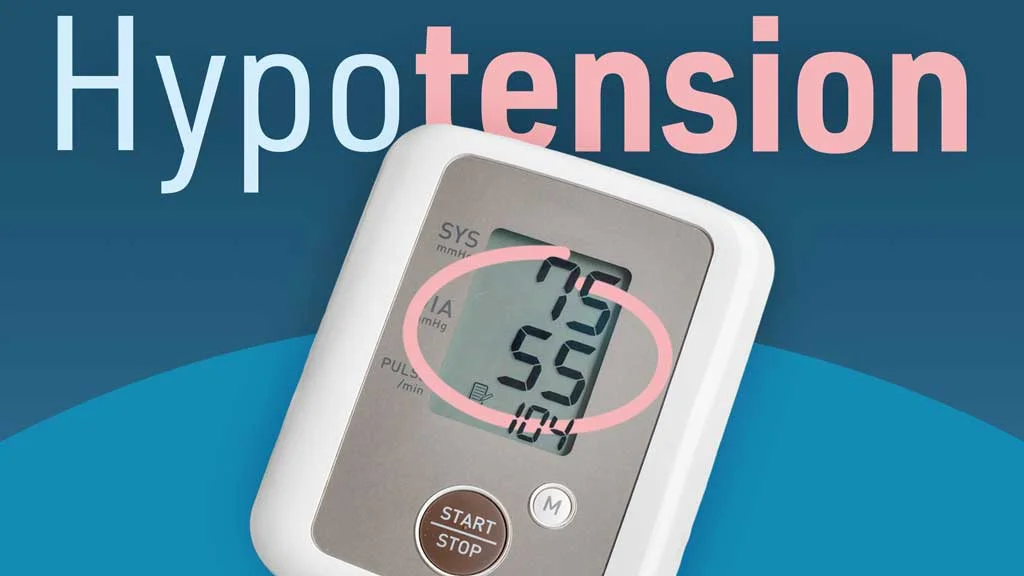
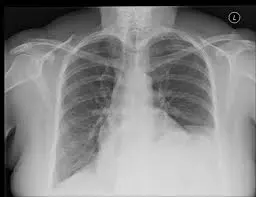
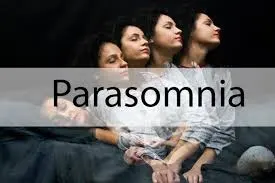
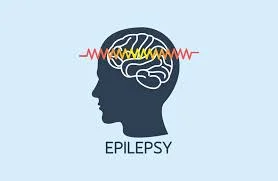
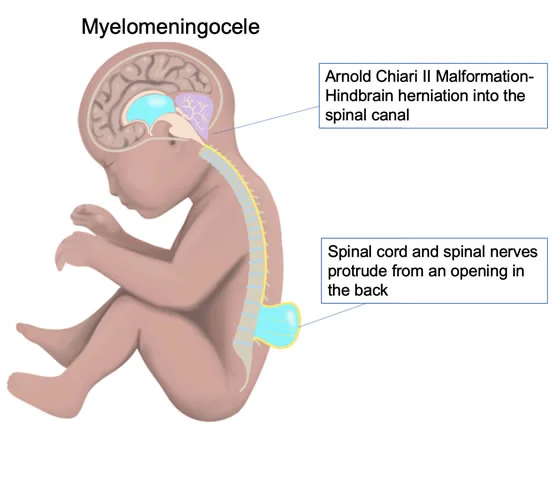
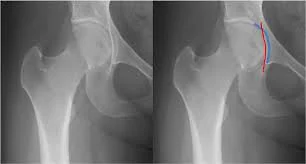
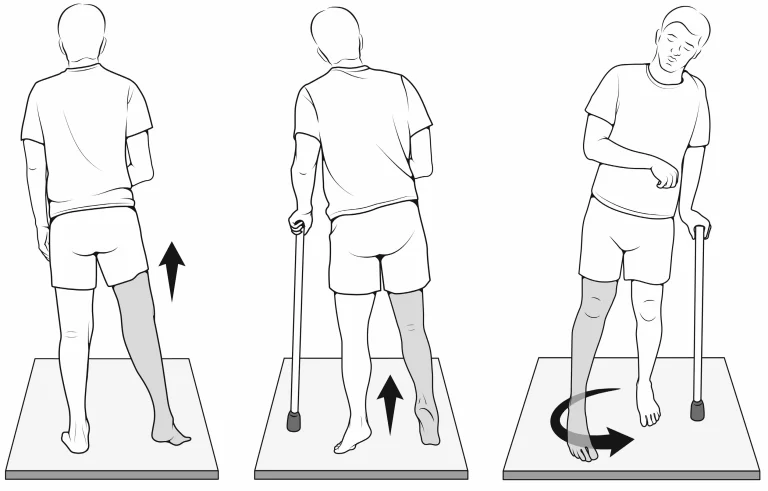
23 Comments